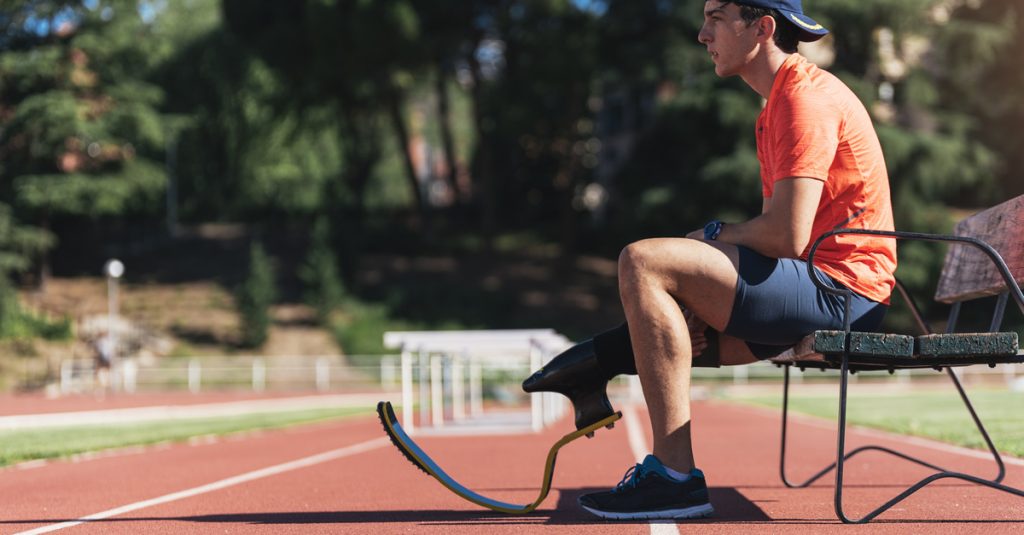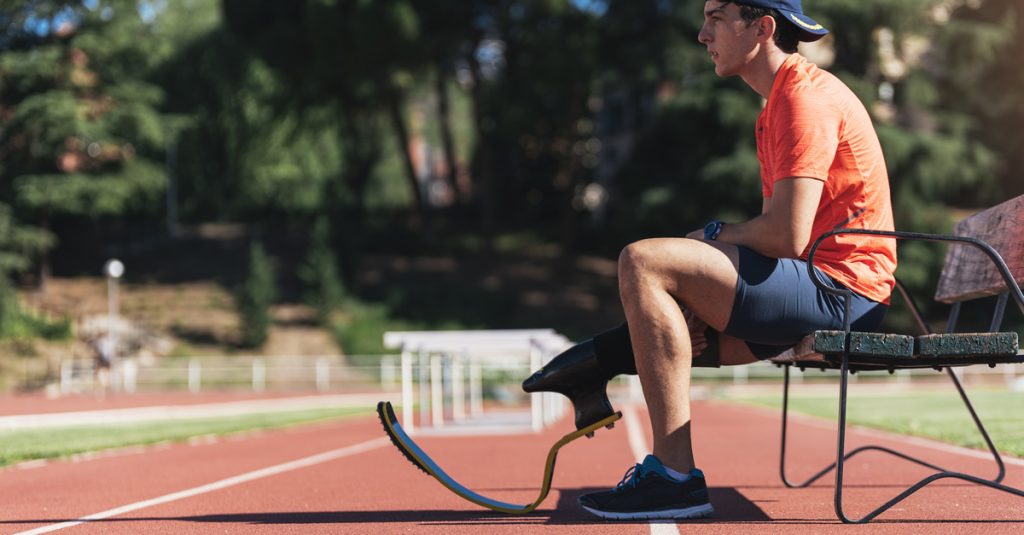For those who have suffered from limb loss, the idea of a prosthetic device can be intimidating. No one plans on wearing one until they need one, and even when they need one, they may need to understand how it works before they get comfortable with the idea.
We run into this all the time and field a lot of questions from our patients about how their prosthetic legs and arms work - how they’re designed, how they’re supposed to fit and function, etc.
Here, we’ll break down how the components of your prosthetic device are supposed to work and make you more familiar with the design so that when it comes time to move, you’re ready to go.
Factors Behind Your Design
Not all prosthetic limbs are created the same. What you get depends on a few factors, such as:
- Body type
- Type of amputation
- Upper extremity
- Below elbow
- Lower extremity above the knee
- Below the knee
- Your body type
- The size, shape, and strength of the residual limb
- Your lifestyle
But generally speaking, prosthetic legs have the same function, as do prosthetic arms. They may just take different avenues to deliver that function.
The Components of Your Prosthetic Device
The most important component of a prosthetic arm or leg is actually the one you can’t see from the outside: the socket.
The socket is important because prosthetic devices have to be worn. You’re going to put a lot of pressure on that residual limb, and if the socket doesn’t fit right, it’ll cause a lot of pain and discomfort.
That’s why we go to great lengths to ensure a perfect fit for the socket, including molding, robotic carving (which is the most accurate fabrication process in the field), and 3D laser scanning.
It’s important to note that your residual limb will change over time. So, the socket has to be updated in order to match the contours of your body. The goal is a comfortable fit, which is something you absolutely should expect. No prosthesis should hurt when you wear it.
Other components include the joints. If you have an above-the-knee amputation, you’ll have two joints: the knee and the ankle. That doesn’t mean you’ll have an ankle that swings; sometimes it’s a fixed position that attaches the foot device to the leg itself. But your knee joint will be designed to allow the leg to naturally swing forward.
Knee and ankle joints (as well as elbow joints for upper extremity devices) can be computerized as well, which means a computer remotely controls the swing of the device as well as the shock absorption when you use it.
Finally, you may have a foot or hand attachment that can range from very basic to fully functional. Research is currently being done to expand the abilities of modern-day prosthetic devices to deliver functionality as close to biological capability as possible.
Now that you’re more familiar with your prosthetic device, you can begin the fulfilling process of getting fitted for your device and starting to learn to move and thrive in it.
BioTech helps amputees recognize their possibilities by designing and constructing comfortable and functional prosthetic devices. Contact the team for more information on your device and how you can take the next steps forward toward the rest of your life.

